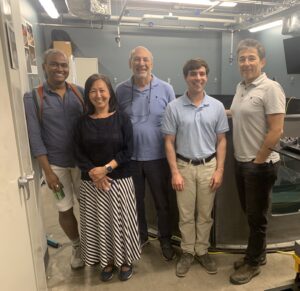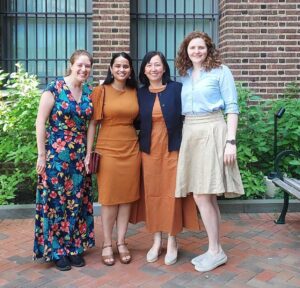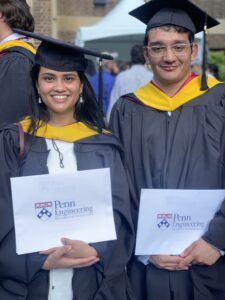
Come and see our presentations at IROS 2023 next week in Detroit, MI (Oct 1 – Oct 5)!
- Monday Oct 2, 2023 (0842-0848 )Ariella Mansfield is presenting “Energy-Efficient Team Orienteering Problem in the Presence of Time-Varying Ocean Currents”, Room 142ABC, Session: Motion and Path Planning I . Poster session: 10/2/2023, Hall E, Track 09 (1000 – 1130).
- Wednesday Oct 4, 2023 (0836 – 0842): KongYao Chee is presenting “Enhancing Sample Efficiency and Uncertainty Compensation in Learning-Based Model Predictive Control for Aerial Robots”, Room 330B, Session: Model Learning. Poster session: 10/4/23, Hall E, Track 17 (1000 – 1130).
- Wednesday Oct 4, 2023 (1506-1512): Victoria Edwards is presenting “On Collaborative Robot Teams for Environmental Monitoring: A Macroscopic Ensemble Approach”, Room 321, Session: Multi Robot and Distributed Robot Systems II . Poster session: 10/4/23, Hall E Track 15 (1530 – 1700).
- Thursday Oct 5, 2023 (0830 – 1730) Victoria Edwards, Thales Costa Silva and Ani Hiseh from UPenn in collaboration with Bert Tanner and Kleio Baxevani from UDel are hosting the workshop: ” Robotics for the Blue Economy and Climate Resiliency”. Join us for exciting speakers, poster presentations, networking events, and much more! Further information about the workshop can be found here. Room 258




